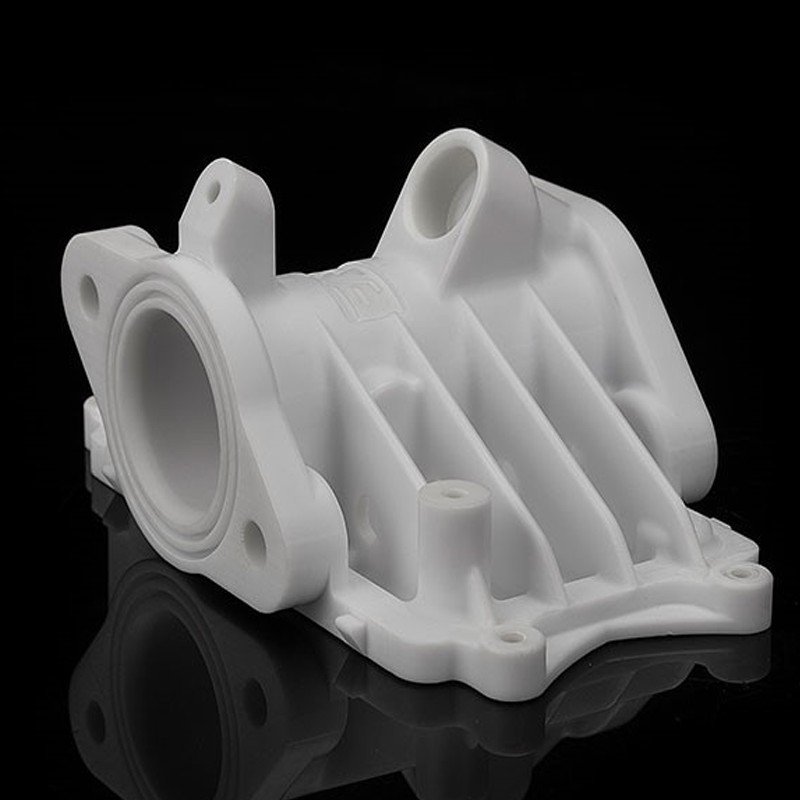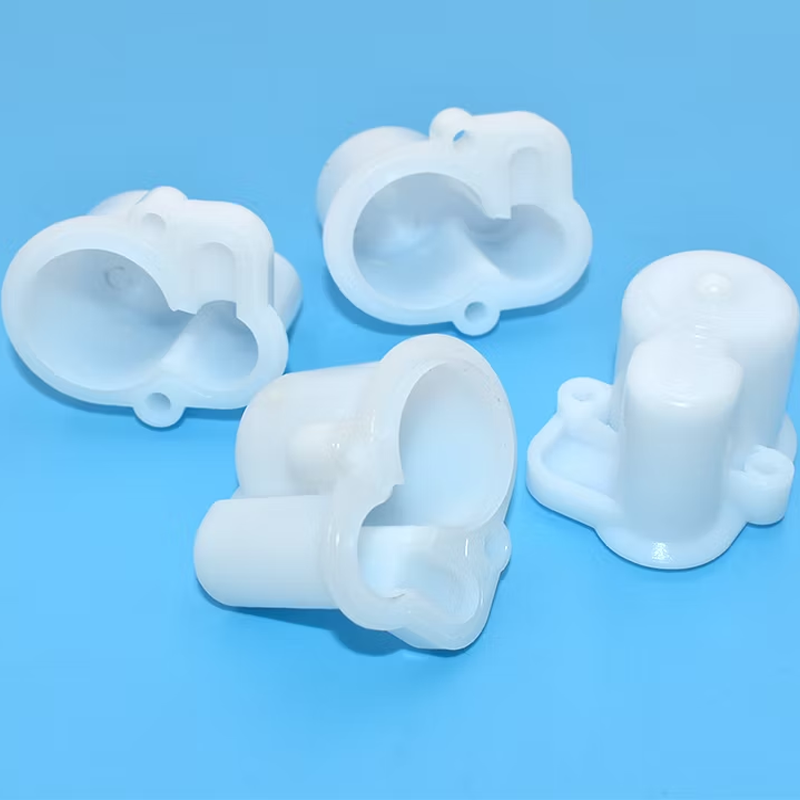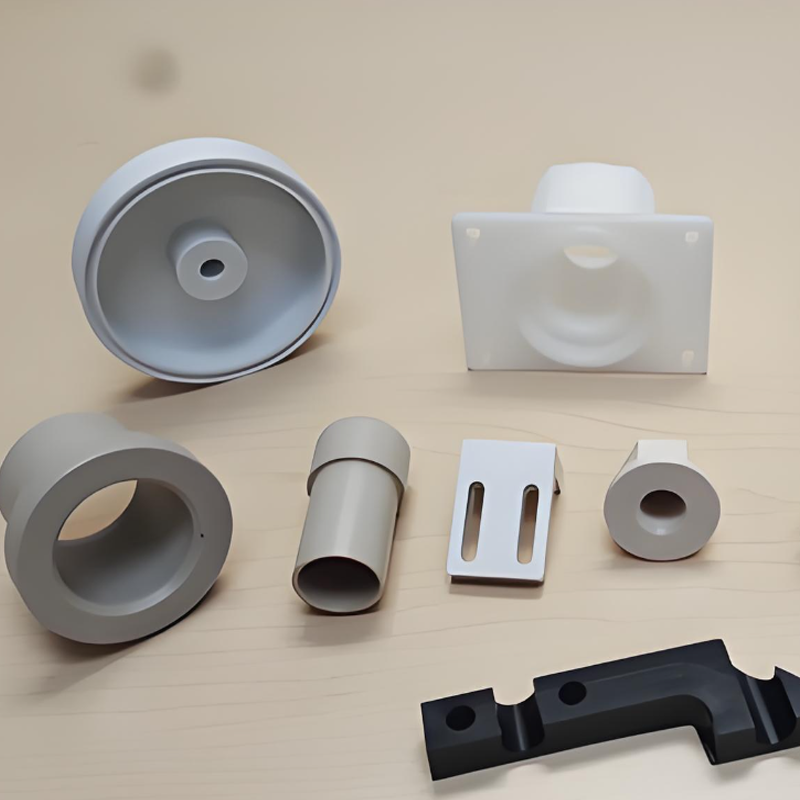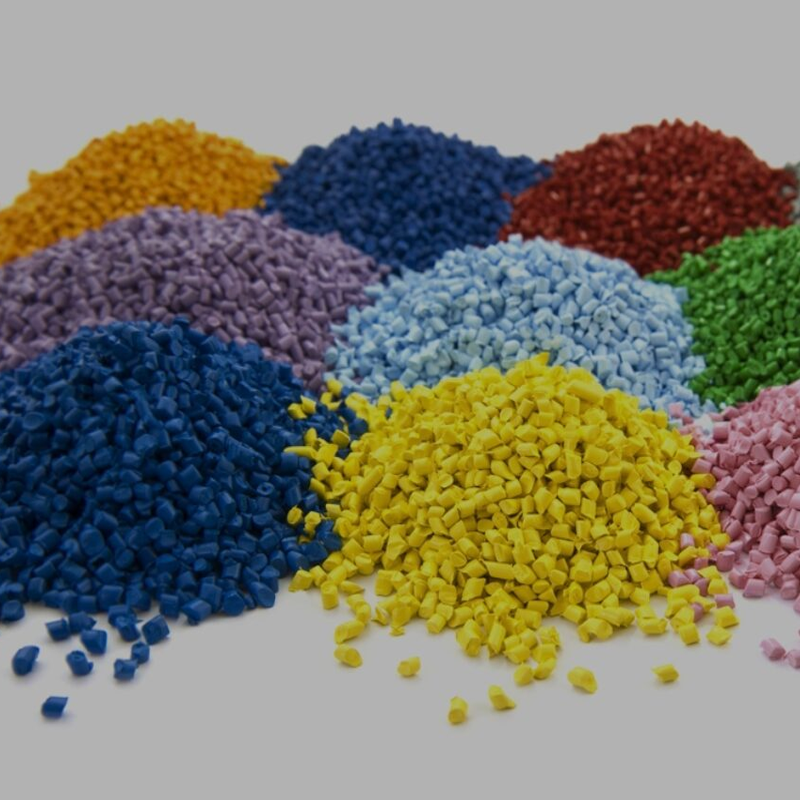Hello, and welcome! I’m Sunny from YJCPolymer, and today we’ll be diving into a topic that’s crucial for engineers and product designers like yourself: selecting the right plastic material for your manufacturing needs. In the world of plastic production, two materials often come up as top contenders—ABS (Acrylonitrile Butadiene Styrene) and polypropylene (PP). Both of these thermoplastics are widely used for a variety of applications, from prototypes to high-volume production, but how do you choose between them? In this post, we’ll explore the unique properties of ABS and PP, their benefits, applications, and how they compare across different manufacturing methods. Whether you’re designing consumer products, medical devices, or automotive parts, this guide will help you make an informed decision.
ABS: Versatile, Reliable, and Cost-Effective
Acrylonitrile Butadiene Styrene, commonly known as ABS, is one of the most popular thermoplastics due to its excellent combination of mechanical properties, ease of manufacturing, and cost-effectiveness. Its versatility makes it a staple in a wide range of industries, from automotive to medical, and even consumer electronics. Here are some of the key benefits and applications of ABS:
Benefits of ABS
- Cost-Effective: ABS is one of the most affordable thermoplastics, offering an excellent balance of performance and price. This makes it ideal for both low and high-volume production.
- Durability and Strength: ABS exhibits outstanding mechanical properties, including impact resistance, stiffness, and tensile strength. These properties make it particularly suitable for applications where durability is key.
- Good Heat Resistance: ABS offers a decent level of heat-deflection capability, allowing it to perform well in a variety of temperature conditions.
- Machinability: ABS is easy to machine and fabricate, which contributes to its popularity in CNC machining and 3D printing.
- Electrical Insulation: ABS is a solid electrical insulator, which makes it an excellent choice for use in electronic components and devices.
- Aesthetic Versatility: ABS has a natural opaque appearance that can be easily modified to achieve a wide range of colors and finishes, from matte to high gloss.

Applications of ABS
Due to its versatile nature, ABS is used across numerous industries for a wide array of products, including:
- Aerospace: Used for lightweight, durable components that require both strength and aesthetic appeal.
- Automotive: ABS is often used in automotive interior parts, dashboards, and body components.
- Electronics: ABS is commonly used for the housings of electronic devices like smartphones, laptops, and printers.
- Medical Devices: ABS is also used in the production of medical devices, including surgical instruments and diagnostic equipment.
- Consumer Goods: Household items, toys, and other consumer products often use ABS for its durability and ease of molding.
At YJCPolymer, we specialize in ABS injection molding, providing you with high-quality, cost-effective solutions for both prototype and production runs.
Polypropylene (PP): Tough, Flexible, and Chemical-Resistant
Polypropylene (PP) is another commonly used thermoplastic that boasts a number of impressive properties. Although it shares some similarities with ABS, it has distinct characteristics that make it suitable for different applications. Let’s take a closer look at the benefits and applications of PP:
Benefits of Polypropylene (PP)
- Affordability: PP is typically less expensive than ABS, making it a cost-effective choice for large production runs.
- Durability and Toughness: PP is known for its strength and flexibility. It can withstand significant stress without cracking or breaking, making it ideal for applications that require long-term durability.
- Low Density: With a density of less than 1 g/ml, PP is lightweight and can even float on water, which makes it suitable for applications where weight reduction is a priority.
- Chemical Resistance: One of the standout features of PP is its superior resistance to a wide range of chemicals. It performs better than ABS when exposed to solvents, acids, and bases.
- Heat Resistance: PP has a higher melting point than ABS, offering better heat resistance for certain applications. It is also resistant to cold temperatures, which enhances its versatility.
- Electrical Insulation: Like ABS, PP is a solid electrical insulator, making it an excellent choice for applications involving electrical components.

Applications of Polypropylene (PP)
PP is used in a variety of industries due to its toughness, low weight, and chemical resistance. Some common applications include:
- Packaging: PP is frequently used in food packaging, bottles, and containers due to its resistance to moisture and chemicals.
- Medical: PP is widely used for medical devices like syringes, diagnostic equipment, and surgical trays.
- Automotive: PP is used in the production of interior parts, bumpers, and under-the-hood components.
- Consumer Products: Items such as furniture, storage containers, and garden equipment often utilize PP due to its durability and low cost.
- Textiles: PP is used to make nonwoven fabrics, which are commonly found in products such as diapers and medical gowns.
At YJCPolymer, we offer PP injection molding services for both custom and high-volume production needs. Whether you need robust and lightweight components or chemical-resistant parts, we have you covered.

Choosing Between ABS and Polypropylene (PP)
While both ABS and PP offer distinct advantages, the best choice for your project will depend on several factors, such as the intended use of the part, environmental conditions, and manufacturing method. Here are a few considerations to keep in mind when deciding between the two materials:
- Strength and Durability: ABS is typically stronger and harder than PP, making it better suited for applications requiring high impact resistance and stiffness. If your part needs to withstand high stress or external impact, ABS is likely the better option.
- Heat Resistance: If your part will be exposed to high temperatures, PP may be the better choice due to its superior heat resistance and higher melting point.
- Flexibility: PP is more flexible than ABS, making it ideal for parts that need to bend or flex without cracking.
- Cost: If budget is a concern, PP is generally more affordable than ABS, especially for large production runs.
Additionally, the choice between these two materials may also depend on the manufacturing process you’re using. Both ABS and PP can be molded, machined, and 3D printed, but certain properties may lend themselves better to one process over another. For instance, ABS is easier to machine and 3D print with, while PP is better suited for injection molding and high-volume production.

Conclusion
In conclusion, both ABS and PP are excellent thermoplastics that offer a range of benefits, including durability, versatility, and cost-effectiveness. The material you choose should be based on the specific needs of your project, including the required strength, flexibility, and heat resistance. At YJCPolymer, we specialize in providing high-quality injection molding services for both ABS and PP, ensuring that you get the right material and manufacturing solution for your project.
If you have any questions about which material is best for your next product or need assistance with your design, don’t hesitate to reach out to us! Our team at YJCPolymer is here to help you navigate the material selection process and provide expert guidance every step of the way.Feel free to contact us today to learn more about our services and how we can help bring your project to life!